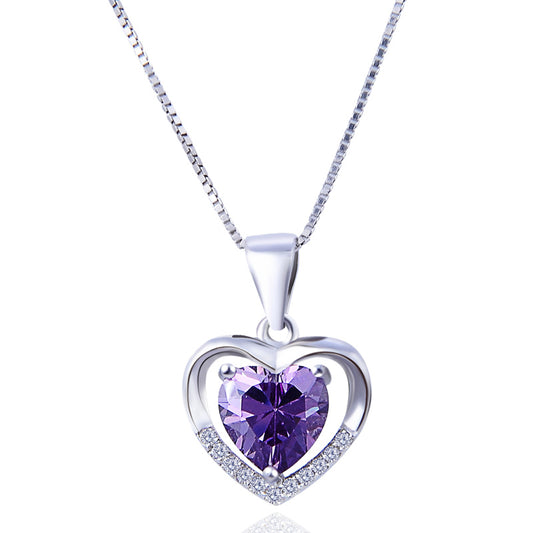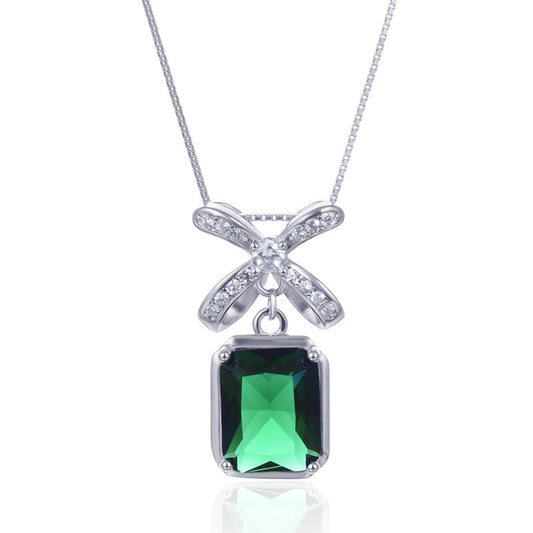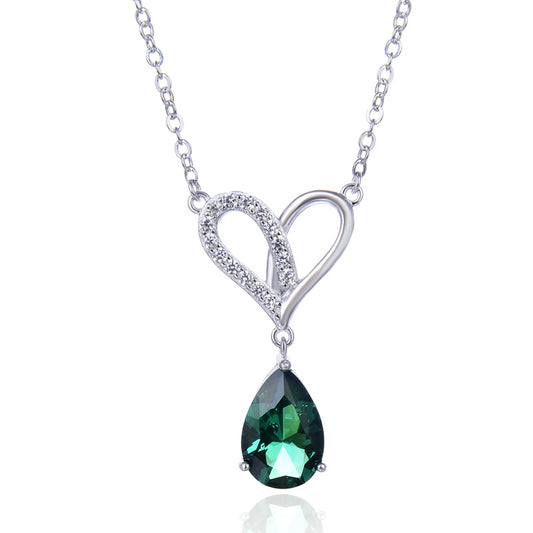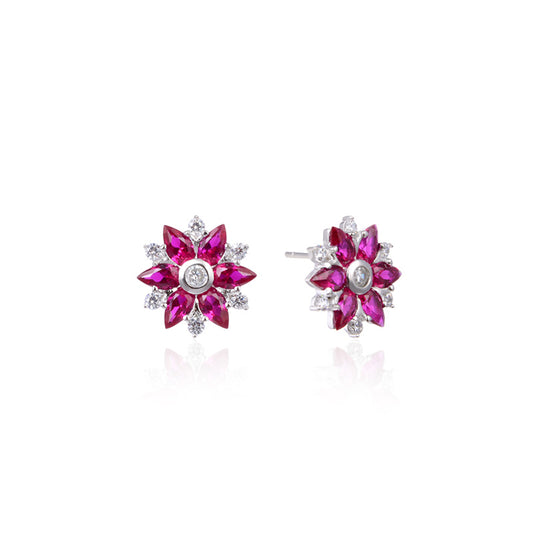The Complete Guide to Nail Polish Remover
Nail polish remover is an essential tool for anyone who loves to paint their nails. Whether you're a nail polish enthusiast or a professional manicurist, having a good nail polish remover on hand is crucial for maintaining healthy, clean nails and switching up your nail art designs. In this comprehensive guide, we'll delve into the world of nail polish removers, exploring different types, proper usage, safety considerations, and more.
Types of Nail Polish Removers
There are several types of nail polish removers available on the market, each with its own strengths and weaknesses. Here are the most common types:
-
Acetone-Based Removers: Acetone is a powerful solvent that quickly dissolves nail polish. It's often found in professional-grade nail polish removers due to its effectiveness. However, acetone can be quite drying to the nails and surrounding skin, so it's important to use a moisturizing hand cream or lotion afterward.
-
Acetate-Based Removers: Acetate-based removers are generally gentler on the nails and skin than acetone-based removers. They work slower but are less likely to cause drying or irritation. These removers are often recommended for those with sensitive skin.
-
Oil-Based Removers: Some nail polish removers use oils like mineral oil or vegetable oil as their base. These removers are very gentle on the nails and skin but may not be as effective at removing stubborn polishes or glitter polishes.
-
Non-Acetone Removers: These removers typically contain ethanol or ethyl acetate as the main solvent. They are marketed as being gentler on the nails and skin while still effectively removing polish. However, they may not work as quickly as acetone-based removers.
-
Natural Nail Polish Removers: For those who prefer more natural products, there are nail polish removers made with plant-based ingredients like soybean oil, vitamin E, and essential oils. These removers are typically gentler on the skin and nails but may not be as fast-acting as chemical-based removers.
Choosing the Right Nail Polish Remover
When selecting a nail polish remover, consider the following factors:
- Your Skin Type: If you have sensitive skin, choose a non-acetone or natural nail polish remover to avoid irritation.
- The Type of Nail Polish You're Removing: Stubborn or glitter polishes may require a stronger solvent like acetone.
- Your Personal Preferences: Some people prefer the quick-acting power of acetone, while others prefer the gentler approach of non-acetone or natural removers.
How to Use Nail Polish Remover Safely and Effectively
- Prepare Your Workspace: Place a towel or cloth on your workspace to protect it from spills. Have cotton balls or pads, nail polish remover, and moisturizing lotion nearby.
- Apply the Nail Polish Remover: Saturate a cotton ball or pad with nail polish remover and gently press it onto your nail for a few seconds to loosen the polish. Then, wipe away the polish in one direction, from the base of the nail to the tip. Avoid rubbing back and forth, as this can weaken the nail plate.
- Moisturize: Immediately after removing the polish, apply a moisturizing lotion or cream to your hands and nails to help replenish lost moisture.
- Clean Up: Dispose of used cotton balls or pads properly and store your nail polish remover in a safe place away from children and pets.
Safety Considerations
- Flammability: Many nail polish removers contain flammable ingredients like acetone or ethanol. Always use and store them away from open flames or heat sources.
- Ventilation: Use nail polish remover in a well-ventilated area to avoid inhaling fumes.
- Keep Out of Reach of Children: Nail polish remover should be stored in a safe place where children and pets cannot access it.
Alternatives to Traditional Nail Polish Removers
If you're looking for alternatives to traditional nail polish removers, there are a few options available:
- DIY Nail Polish Remover: You can make your own nail polish remover at home using vinegar, lemon juice, and other household ingredients. However, these DIY removers may not be as effective as commercial products and could potentially damage your nails if used improperly.
- Natural Oils: Some people swear by using natural oils like olive oil, coconut oil, or jojoba oil to remove nail polish. While these oils may help loosen the polish, they are not as effective as chemical-based removers and may require more effort and time.
- Professional Salon Services: If you don't want to deal with nail polish remover yourself, consider visiting a professional salon for a manicure service. They will have access to high-quality removers and can safely and effectively remove your nail polish.
FAQs About Nail Polish Remover
- Is nail polish remover bad for your nails?
Nail polish remover, especially acetone-based ones, can be drying and potentially damaging to the nails if used excessively or improperly. It's important to moisturize your nails and hands after using nail polish remover to help replenish lost moisture.
- Can I use nail polish remover on my skin?
While nail polish remover is primarily intended for use on nails, it can also be used to remove polish from the skin. However, be careful not to overuse it, as it can be drying and irritating to the skin. Always test a small area first to ensure you don't have a sensitivity to the product.
- How long does nail polish remover last?
The shelf life of nail polish remover depends on the specific product and its ingredients. Generally, unopened nail polish remover can last for several years if stored properly. Once opened, it should last for at least a year or two, depending on how often it's used and stored.
- Can I use nail polish remover to clean my brushes?
While nail polish remover can technically be used to clean brushes, it's not recommended. The strong solvents in nail polish remover can potentially damage the bristles of your brushes. Instead, use a dedicated brush cleaner or mild soap and water to clean your brushes.
- What is the best way to dispose of nail polish remover?
Nail polish remover should be disposed of properly according to local waste disposal regulations. Do not pour it into the drain or onto the ground, as this can contaminate water sources and harm the environment. Check with your local waste management facility for specific disposal instructions.
Conclusion
Nail polish remover is an essential tool for maintaining healthy, polished nails. Whether you're a nail art enthusiast or simply want to switch up your polish color, having a good nail polish remover on hand is key. By understanding the different types of removers available, choosing the right one for your needs, and using it safely and effectively, you can keep your nails looking their best. Remember to always moisturize after using nail polish remover to help replenish lost moisture and protect your nails from drying out.








